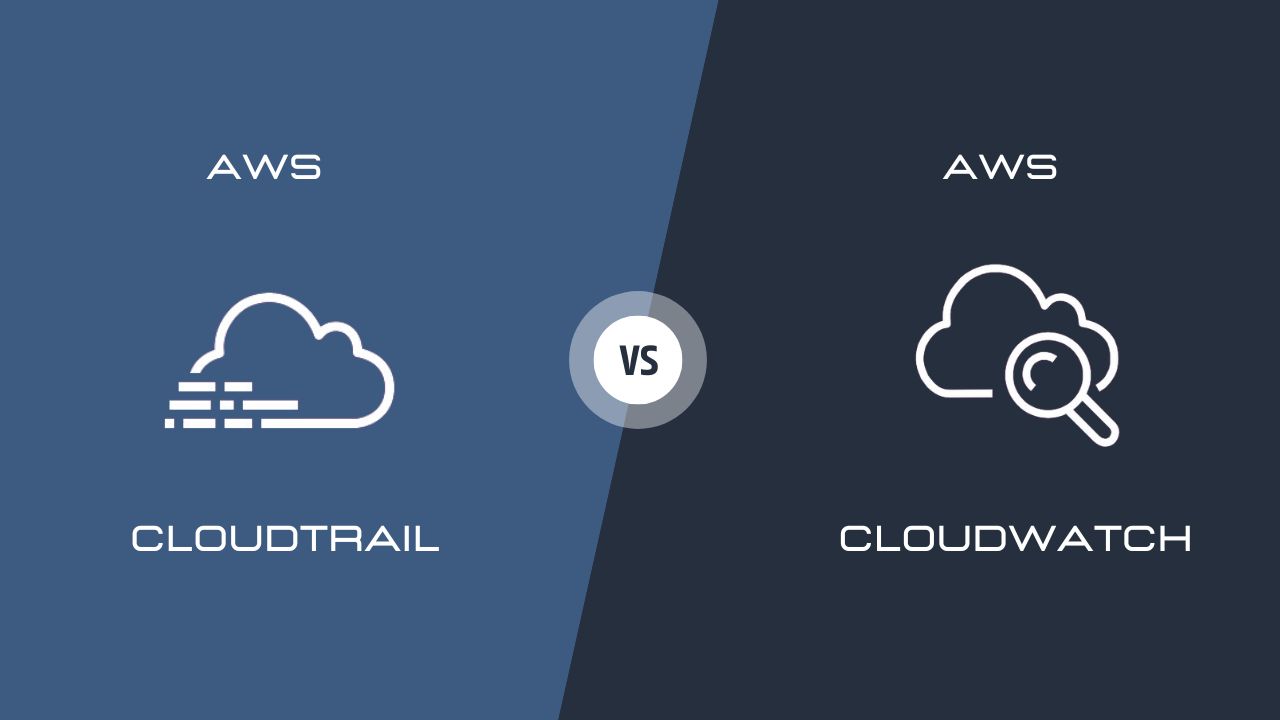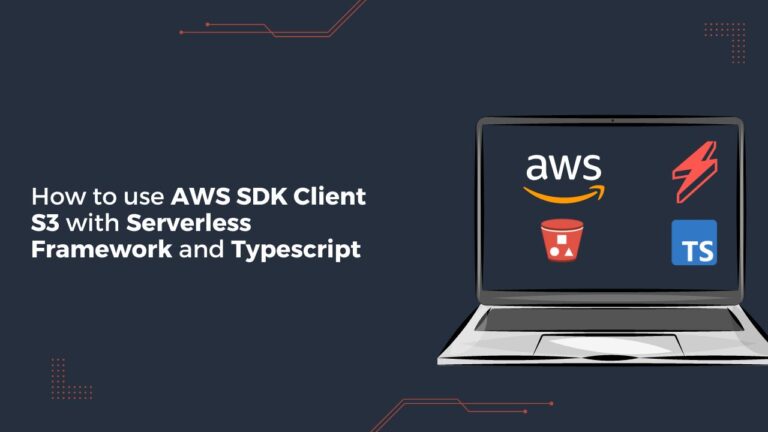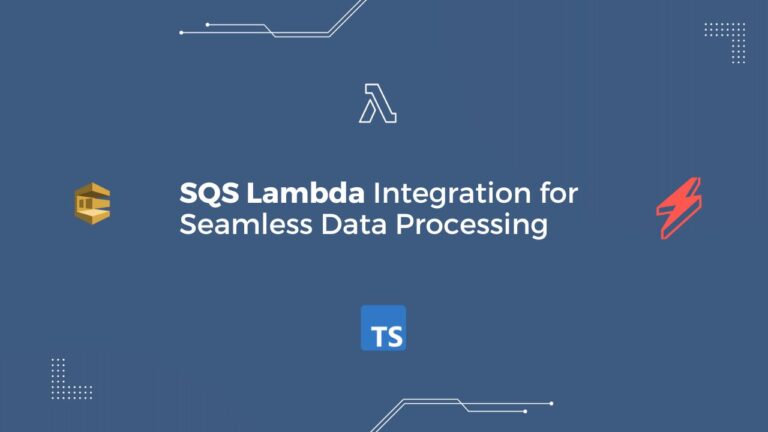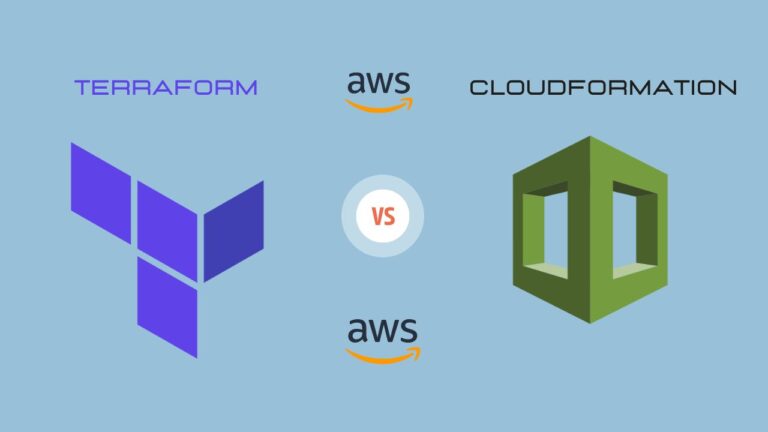Introduction
Diving straight into the comparison of AWS CloudTrail vs CloudWatch, two critical components in the expansive world of Amazon Web Services (AWS) cloud computing, this article aims to clarify their roles, differences, and respective advantages. AWS is a frontrunner in providing comprehensive cloud services, catering to diverse business requirements. While both CloudTrail and CloudWatch are fundamental for monitoring and logging in the AWS environment, they have unique characteristics and use cases. By exploring AWS CloudTrail and CloudWatch in depth, we can better understand their significance and the distinctions between them.
Table of Contents
- AWS CloudTrail vs CloudWatch : Understanding AWS CloudTrail
- AWS CloudTrail vs CloudWatch: Exploring AWS CloudWatch
- Comparison: AWS CloudTrail vs CloudWatch
- AWS CloudTrail vs CloudWatch: Conclusion
AWS CloudTrail vs CloudWatch: Understanding AWS CloudTrail

What is AWS CloudTrail?
AWS CloudTrail is a service provided by Amazon Web Services that allows you to monitor and audit the activity within your AWS infrastructure. It records all API calls and related events made in your AWS account, providing valuable insights into user activity, resource usage, and system changes. By capturing these details, CloudTrail helps you maintain governance, compliance, and security across your AWS environment.
How does AWS CloudTrail work?
When you enable AWS CloudTrail for your AWS account, it starts logging API calls and events. These logs are stored in an Amazon S3 bucket or can be delivered to Amazon CloudWatch Logs. CloudTrail provides a comprehensive log file that includes information such as the identity of the caller, the time of the API call, the source IP address, and more. These logs can be analyzed and used for various purposes, including troubleshooting, compliance auditing, and security analysis.
Key features of AWS CloudTrail
- Logging and auditing: CloudTrail captures and stores a detailed record of every API call and event in your AWS account.
- Visibility and traceability: With CloudTrail, you can track user activity, investigate changes to your resources, and gain visibility into your AWS infrastructure.
- Compliance and governance: CloudTrail helps you meet compliance requirements and provides the necessary data for auditing and forensic analysis.
- Integration with other AWS services: CloudTrail can be integrated with other AWS services like CloudWatch, allowing you to consolidate your monitoring and logging capabilities.
AWS CloudTrail vs CloudWatch: Exploring AWS CloudWatch
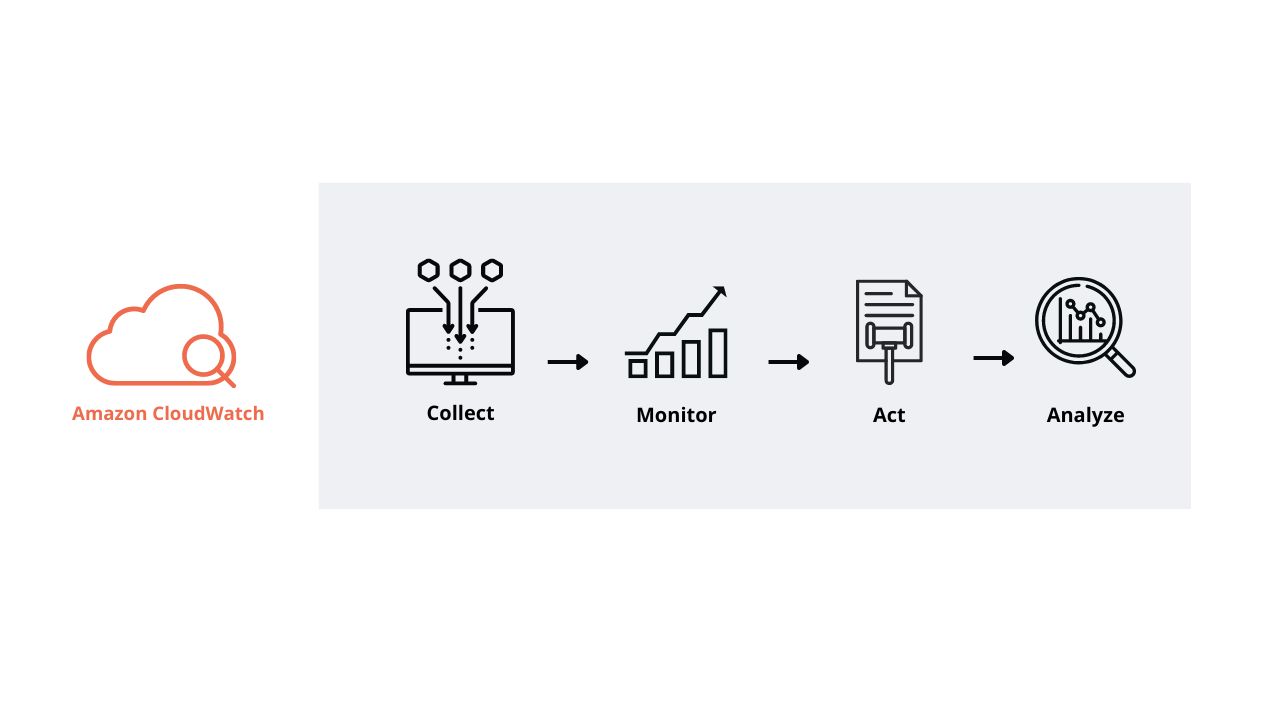
What is AWS CloudWatch ?
AWS CloudWatch is a monitoring and management service that provides real-time insights into the performance and health of your AWS resources and applications. It enables you to collect and track metrics, collect log files, set alarms, and automatically react to changes in your AWS environment. CloudWatch also offers the ability to gain visibility into the overall operational health of your AWS infrastructure.
How does AWS CloudWatch work?
AWS CloudWatch collects and stores data in the form of metrics, log files, and events. It provides a unified view of your resources, applications, and services, allowing you to monitor their performance and operational health in real-time. CloudWatch collects metrics from various sources, such as AWS services, custom applications, and on-premises resources, and presents them in customizable dashboards and charts for easy visualization.
Key features of AWS CloudWatch
- Metric collection and monitoring: CloudWatch collects and tracks metrics from various AWS services and resources, providing you with real-time insights into their performance.
- Log management and analysis: CloudWatch allows you to collect, monitor, and analyze log files generated by your applications and AWS services, helping you troubleshoot issues and gain operational visibility.
- Alarms and notifications: CloudWatch enables you to set alarms based on predefined thresholds or custom metrics, triggering notifications via various channels when specific conditions are met.
- Automated actions: With CloudWatch, you can automate actions in response to specific events or alarms, enabling you to scale resources, restart instances, or execute custom scripts.
- Dashboards and visualizations: CloudWatch provides customizable dashboards and visualizations, allowing you to create personalized views of your metrics and logs for easy monitoring and analysis.
Comparison: AWS CloudTrail vs CloudWatch
Use cases of AWS CloudTrail
AWS CloudTrail is primarily used for auditing, compliance, and security purposes.
Let’s explore a real-world example of how a fictional company called “HealthTech;” leverages AWS CloudTrail for security analysis and compliance auditing.
HealthTech is a healthcare technology company that offers a cloud-based platform for electronic health record (EHR) management. They store sensitive patient data, including medical history, diagnostic reports, and personal information, making data security and regulatory compliance paramount.
Security Analysis:
One day, HealthTech’s security operations center (SOC) receives an alert related to potential unauthorized access to their EHR system. The alert was generated by AWS CloudTrail, which detected a series of API calls attempting to access patient records from an unusual geographical location.
The security team quickly dives into the CloudTrail logs to investigate further. They find a trail of API calls, indicating that an unknown user’s credentials were used to attempt accessing multiple patient records. Additionally, the logs show failed attempts to escalate privileges and access administrative resources.
By analyzing the CloudTrail logs, the security team can determine the scope of the incident, the extent of unauthorized access, and the potential data exposed. Armed with this information, they take immediate action to block the unauthorized user, revoke their credentials, and reinforce access controls.
Compliance Auditing:
HealthTech must comply with various healthcare regulations, such as HIPAA (Health Insurance Portability and Accountability Act). To ensure compliance, the company’s compliance team regularly uses AWS CloudTrail logs for auditing purposes.
They generate reports from CloudTrail logs that detail all API calls related to patient records, including data access, modification, and deletion. These reports are essential for demonstrating compliance with HIPAA’s requirements for tracking access to sensitive healthcare data.
Furthermore, the compliance team cross-references CloudTrail logs with other security measures and access controls to verify that HealthTech’s policies align with regulatory guidelines.
Troubleshooting and Forensic Analysis:
At times, HealthTech’s development team encounters performance issues or unexpected behavior within their AWS environment. To troubleshoot and identify the root cause of these incidents, they turn to AWS CloudTrail.
The development team examines CloudTrail logs to trace API calls made during the time of the incidents. These logs provide crucial insights into the sequence of actions performed by different services and resources, helping the team pinpoint any misconfigurations, errors, or unexpected interactions that might have caused the problem.
By leveraging CloudTrail’s forensic analysis capabilities, HealthTech’s development team can expedite the resolution process and enhance the overall reliability of their platform.
Use cases of AWS CloudWatch
AWS CloudWatch, on the other hand, is a comprehensive monitoring and management service with broader use cases.
Let’s explore a real-world example of how the same company, HealthTech, uses AWS CloudWatch for performance monitoring, operational health monitoring, and log analysis and troubleshooting.
Performance Monitoring:
HealthTech’s cloud-based platform for electronic health records (EHR) serves a large number of users, and performance is critical. To ensure smooth and reliable user experiences, HealthTech employs AWS CloudWatch for performance monitoring.
They set up custom CloudWatch metrics to track key performance indicators like response times, database query latencies, and server CPU utilization. By monitoring these metrics in real-time, they can identify any performance bottlenecks or sudden spikes in activity that might impact user experience.
In addition, HealthTech uses CloudWatch alarms to automatically alert their DevOps team if certain performance thresholds are breached. This proactive approach allows them to address potential issues before they escalate and affect their users.
Operational Health Monitoring:
Maintaining the health of their AWS infrastructure is crucial for HealthTech. With AWS CloudWatch, they gain a comprehensive view of the operational health of their entire cloud environment.
CloudWatch dashboards provide a centralized and visual representation of critical resources, such as EC2 instances, RDS databases, and application load balancers. The operations team can easily monitor the status and performance of these resources in real-time.
Furthermore, they create CloudWatch alarms to monitor specific health metrics, such as the number of failed API calls or the latency of background processing tasks. When an alarm is triggered, the operations team is promptly notified, allowing them to take immediate action and keep their system running smoothly.
Log Analysis and Troubleshooting:
HealthTech’s platform generates a vast amount of logs from various services and applications. Analyzing these logs manually would be like searching for a needle in a haystack. But with AWS CloudWatch Logs, log analysis becomes a breeze.
HealthTech sets up log groups and streams within CloudWatch Logs to collect, store, and analyze logs from different components of their platform. They use CloudWatch Logs Insights to query and analyze these logs, quickly finding patterns, errors, or anomalies.
Whenever an unexpected issue arises, the development and troubleshooting teams turn to CloudWatch Logs to investigate. By examining the relevant log data, they can pinpoint the root cause of issues, trace the sequence of events, and make timely fixes.
Differentiating factors between AWS CloudTrail and CloudWatch
While both AWS CloudTrail and CloudWatch are essential services for monitoring and logging within the AWS ecosystem, they have distinct differences:
- Focus: CloudTrail focuses on logging and auditing API calls and events for security and compliance purposes, while CloudWatch focuses on real-time monitoring, metrics, and operational health of resources.
- Data captured: CloudTrail captures detailed information about API calls and events, including the identity of the caller, timestamps, and source IP addresses. CloudWatch captures metrics, log files, and events related to the performance and operational health of resources.
- Use cases: CloudTrail is commonly used for security analysis, compliance auditing, and forensic investigations. CloudWatch is used for performance monitoring, operational health monitoring, log analysis, troubleshooting, and resource optimization.
- Integration: CloudTrail can be integrated with CloudWatch, allowing you to consolidate your monitoring and logging capabilities. CloudWatch can consume CloudTrail logs and use them for analysis and alerting.
AWS CloudTrail vs CloudWatch: Conclusion
In conclusion, AWS CloudTrail and CloudWatch are powerful services offered by Amazon Web Services that serve different purposes within the realm of monitoring and logging. AWS CloudTrail focuses on logging and auditing API calls and events, providing valuable insights for security, compliance, and troubleshooting. AWS CloudWatch, on the other hand, offers real-time monitoring, metrics, and operational health insights for resources and applications.
Understanding the differences and use cases of AWS CloudTrail and CloudWatch is essential for effectively managing and securing your AWS infrastructure. By leveraging the capabilities of both services, you can enhance your operational visibility, security, and compliance within the AWS ecosystem.

